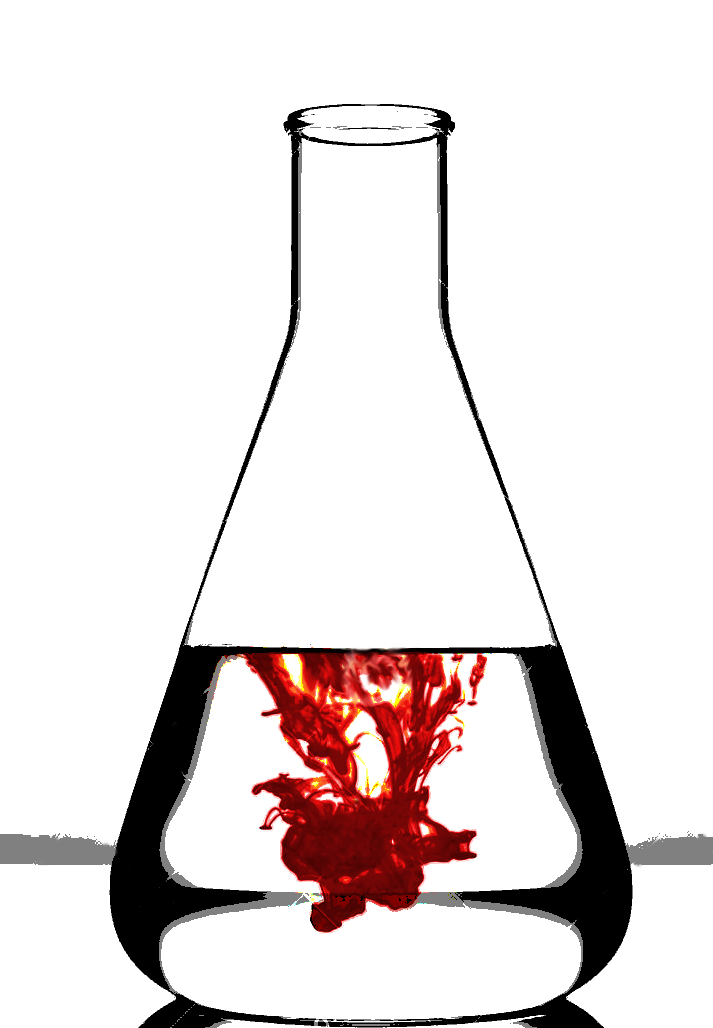AZ clots studied
 Scientists believe they may have found a molecular mechanism behind the rare blood clots linked to adenovirus COVID-19 vaccines, such as AstraZeneca’s.
Scientists believe they may have found a molecular mechanism behind the rare blood clots linked to adenovirus COVID-19 vaccines, such as AstraZeneca’s.
Scientists from Cardiff University and Arizona State University worked with AstraZeneca to investigate vaccine-induced immune thrombotic thrombocytopenia (VITT), also known as thrombosis with thrombocytopenia syndrome (TTS), which has been seen in a small proportion of people who received adenovirus vaccines.
Their findings suggest it is the viral vector – in this case an adenovirus used to shuttle the coronavirus’ genetic material into cells – and the way it binds to platelet factor 4 (PF4) once injected that could be the potential mechanism.
It appears that the viral vector may enter the bloodstream and bind to PF4, where the immune system then views this complex as foreign.
The researchers believe this misplaced immunity could result in the release of antibodies against PF4, which bind to and activate platelets, causing them to cluster together and triggering blood clots in a very small number of people after the vaccine is administered.
The team used a technology called CryoEM to flash-freeze preparations of ChAdOx1, the adenovirus used in the AstraZeneca vaccine, and bombard them with electrons to produce microscopic images of the vaccine components.
They were then able to look at an atomic level at the structure of the outer protein cage of the virus – the viral capsid – and other critical proteins that allow entry of the virus into the cell.
In particular, the team detailed the structure and receptor of ChAdOx1, which is adapted from chimpanzee adenovirus Y25 – and how it interacts with PF4. They believe it is this specific interaction – and how it is then presented to the immune system – that could prompt the body’s own defences to view it as foreign and release of antibodies against this self-protein.
The research team used computational models to show that one of the ways the two molecules tightly bind is via electrostatic interactions. This means the viral vector can act like a magnet and attract proteins with the opposite, positive charge, like PF4.
However, the researchers did not produce evidence in human nor in animal studies that the vaccine/PF4 complex could actually induce production of the disease-causing anti-PF4 antibody.
Dr Roger Lord - a senior lecturer with the Faculty of Health Sciences at The Australian Catholic University - says more studies are needed.
“The current study demonstrates the ability of platelet factor 4 (PF4) to interact strongly with the adenovirus vector used to deliver the AstraZeneca (AZ) COVID-19 vaccine,” he said.
“This interaction currently has only been shown in vitro [in the lab] and remains to be demonstrated if it occurs clinically.
“PF4 in the circulation has a high electrostatic potential and binds to the adenovirus vector used to deliver the AZ vaccine and this interaction is thought to stimulate pre-existing antibody against PF4 and subsequent clotting.
“The presence of pre-existing PF4 autoantibodies of a sufficient concentration and affinity would therefore be key to activation of the agglutination pathway and clotting cascade.
“Numerous patients that received the AstraZeneca COVID-19 vaccine and who developed a TTS did test positive for PF4 antibodies providing some evidence that this mechanism might be involved in the development of this rare adverse effect.
“The complete process has however not yet been demonstrated clinically.”
Dr Lord says other studies modelling this mechanism in animal models have failed to induce any thrombotic events or extended clotting times.
“The proposed mechanism suggested for the formation of TTS following vaccination with AZ is not consistent with available data and will still require further clarification to determine if the adenovirus interaction with PF4 can cause this rare clotting event and under what specific conditions,” he said.
“Presently AZ adenovirus vector + PF4 + PF4 antibodies does not appear to equal formation of TTS.”







 Print
Print